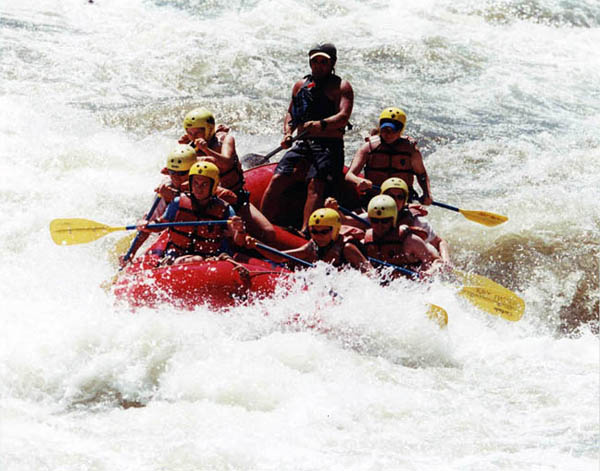
The following except is from Pilates with the Outdoor Athlete Copyright: Lauri Ann Stricker 2007.
The best paddlers move like water itself, seamlessly connecting one stroke to the next. Paddling requires a powerful upper body, an equally strong core, and lower-body fitness. The average paddler makes approximately 25 strokes per minute. That equates to 400 strokes per mile and 1,500 strokes per hour. Sea kayaking is even more demanding, with approximately 1,000 strokes per mile, or 3,000 strokes per hours. The more you paddle, the more at risk you become for an overuse injury. Improperly fitted equipment, poor form, and insufficient muscle balance are responsible for many overuse injuries. Whether you kayak or canoe, good posture, core strength, and flexible, balanced muscles are key.
By adding Pilates to your cross-training, you’ll increase your freedom of movement and experience better agility, balance, and reduced risk of injury. Pilates can help you to gain the strength, stamina, and awareness to maintain good posture and better paddling technique. Core strength, flexibility, and awareness are the building blocks of good posture. While core strength provides support for the spine, flexibility in the hips and legs enable paddlers to avoid slumping while seated for several hours at a time.
To effectively implement Pilates into your cross-training, please check out my book: Pilates for the Outdoor Athlete , Fulcrum 2007.

It is the mind itself which shapes the body.

